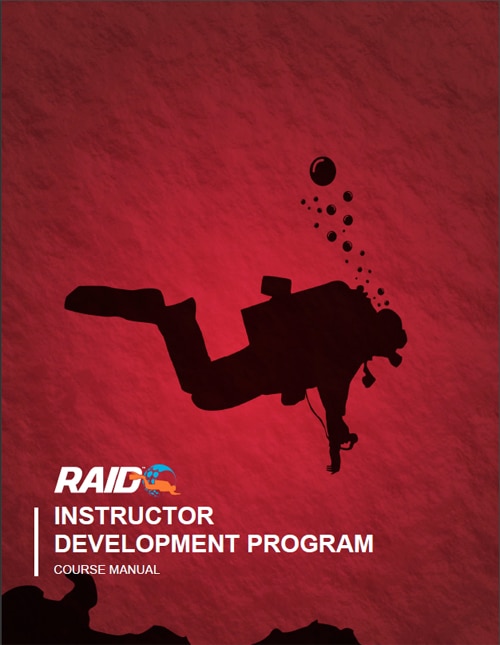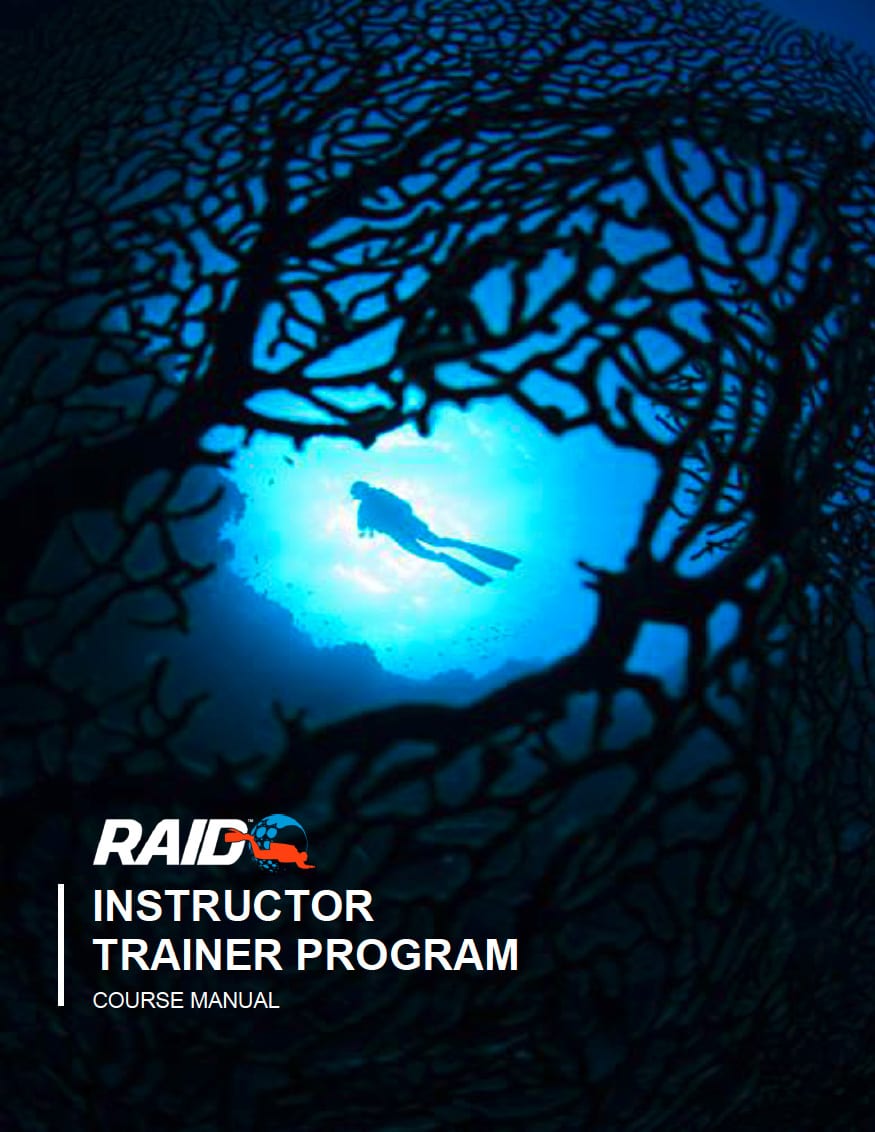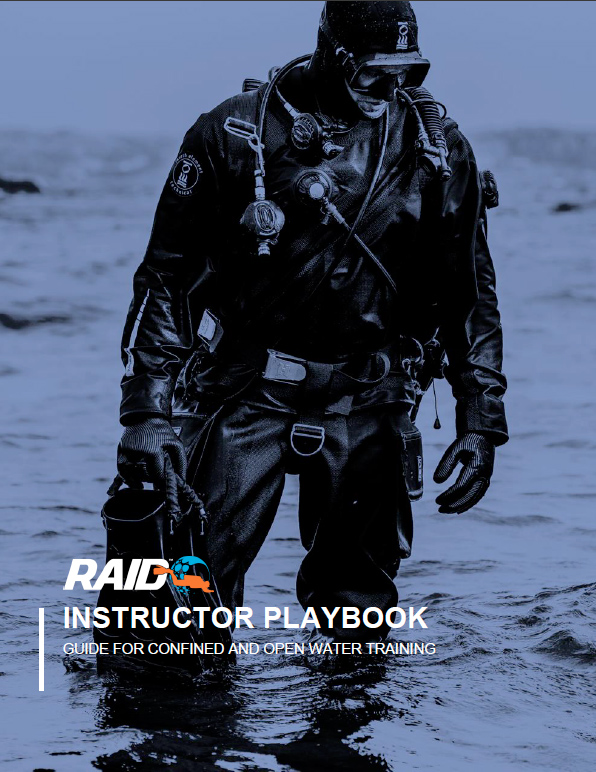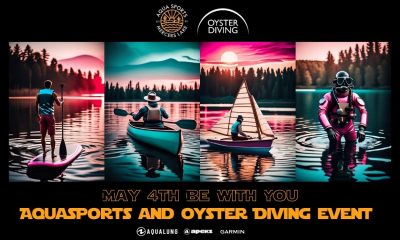News
New Pro courses released by RAID

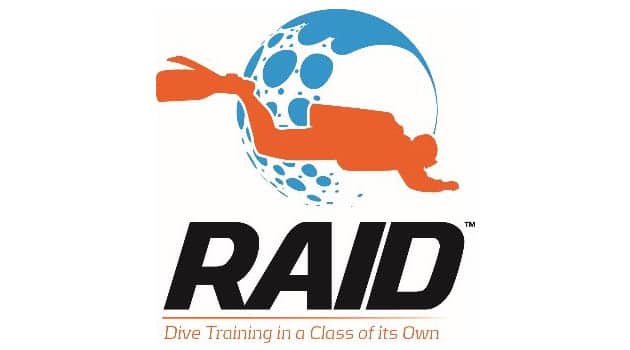 Becoming an instructor, regardless of agency, takes a huge amount of time and dedication. One of RAID’s primary goals as an agency is to keep their teaching methodology in line with technical and teaching advancements across all educational industries.
Becoming an instructor, regardless of agency, takes a huge amount of time and dedication. One of RAID’s primary goals as an agency is to keep their teaching methodology in line with technical and teaching advancements across all educational industries.
RAID released its last update to the Instructor and Instructor Trainer programs in 2014, and now they have announced the release of their new instructor-level core programs: Instructor Development Program (IDP), Instructor Trainer Program (ITP) and Instructor Playbook.
Since RAID is an entirely digital agency, they are, by default, prescriptive teaching experts, and this can present a host of problems when designing an education system. Many educational models are based on an instructor delivering an entire presentation to their audience. With prescriptive teaching, this is not the case, since the instructor is only asked to deliver small bites of information based on what the student has missed while working through the online academics.
New academic teaching methodology
Meeting the prerequisites to become a RAID instructor is not an easy task, which is made more difficult with the typical need to shoehorn certain topics into academic presentations that are totally unrelated to those topics. For example, how does one introduce continuing education into a discussion on physics or physiology?
RAID analyzed their entire program and identified areas that they felt needed modernizing. Instructor candidates often complain that they find it outdated, cumbersome and stressful when the topics of dive travel, dive equipment and continuing education are forced together in an unrelated presentation—an industry standard practice—during their IDP. RAID have listened and have made the classroom presentations less complicated, more appropriate and more fun.
How did RAID achieve this?
By adding mandatory workshops—Equipment, Continuing Education and Local Diving and Travel—as integral parts of every RAID course, they have removed the need to insert these topics into any unrelated presentations or academic discussions.
This means that, even if a student gets 100% on all quizzes and exams, they will receive vital instructor input regarding these specific areas.
New Playbook
A critical improvement to the instructional package is the addition of the Instructor Playbook. This single manual replaces their old confined water and open water instructor guides.
The new Playbook has been reworked from scratch and is designed to be an invaluable teaching resource for new and experienced instructors alike. There is an expansive introduction, a full listing of the skills specific to each dive and each program—including skill objectives, values and student actions—and, of course, vital teaching tips for each and every core level skill.
RAID feel the new Instructor Playbook is an innovative and fresh approach to scuba instruction.
Crossover
From the business perspective, there has never been a better time to crossover to RAID, and they are inundated with requests from professionals who feel their current agencies are not giving them enough value. Because the pandemic is causing so many issues with travel and traditional scuba-training methods, RAID took the time to design a REMOTe-Training instructor crossover. By taking advantage of their new IDP designs and utilizing advances in technology, they are able to confidently, safely and conveniently bring approved instructors to RAID while maintaining their high standards.
RAID’s instructor crossover process involves the use of their online manuals, quizzes and exams.
Audio-visual platforms are used to deliver presentations and evaluate academic teaching ability. Skill evaluation is via a seamless, one-take video recording of crossover candidates performing the RAID crossover skill circuit. The RAID crossover is still focused and structured and is not a “magic wand” solution where instructor certifications are awarded without effort.
The process is fair and simple, and it helps meet the increased demand from serious professional diving educators who want to join RAID so they can give their students the best possible training at every level.
For more information visit the RAID website by clicking here.
Blogs
Northern Red Sea Reefs and Wrecks Trip Report, Part 2: Wall to Wall Wrecks

Jake Davies boards Ghazala Explorer for an unforgettable Red Sea diving experience…
The second day’s diving was a day full of wreck diving at Abu Nuhas, which included the Chrisoula K, Carnatic, and Ghiannis D. The first dive of the day was onto the Chrisoula K, also known as the wreck of tiles. The 98m vessel remains largely intact where she was loaded with tiles which can be seen throughout the hold. The stern sits at 26m and the bow just below the surface. One of the highlights of the wreck is heading inside and seeing the workroom where the machinery used for cutting the tiles are perfectly intact. The bow provided some relaxing scenery as the bright sunlight highlighted the colours of the soft coral reef and the many reef fish.

Following breakfast, we then headed to the next wreck, which was the Carnatic. The Carnatic is an 89.9m sail steamer vessel that was built in Britain back in 1862. She ran aground on the reef back in 1869 and remains at 27m. At the time, she was carrying a range of items, including 40,000 sterling in gold. An impressive wreck where much of the superstructure remains, and the two large masts lay on the seafloor. The wooden ribs of the hull provide structures for lots of soft corals, and into the stern section, the light beams through, bouncing off the large shoals of glass fish that can be found using the structure as shelter from the larger predators that are found outside of the wreck.

The final wreck at Abu Nuhas was the Ghiannis D, originally called ‘Shoyo Maru,’ which was 99.5m long and built in Japan back in 1969 before becoming a Greek-registered cargo ship in 1980. The ship then ran aground on the reef on April 19th, 1983, and now sits at the bottom at a depth of 27m. Heading down the line, the stern of the ship remains in good condition compared to the rest of the hull. The highlight of the wreck, though, is heading into the stern section and down the flights of stairs to enter the engine room, which remains in good condition and is definitely worth exploring. After exploring the interior section of the ship, we then headed over to see the rest of the superstructure, where it’s particularly interesting to see the large table corals that have grown at the bow relatively quickly considering the date the ship sank. After surfacing and enjoying some afternoon snacks, we made sure everything was strapped down and secured as we would be heading north and crossing the Gulf of Suez, where the winds were still creating plenty of chop.

The next morning, it was a short hop to Ras Mohammed Nature Reserve for the next couple of days of diving. The 6am wake-up call came along with the briefing for the first site we would be diving, which was Shark & Yolanda. The low current conditions allowed us to start the dive at Anemone City, where we would drift along the steep, coral-filled wall. These dives involved drifts, as mooring in Ras Mohammed wasn’t allowed to protect the reefs. As a dive site, Shark & Yolanda is well-known and historically had a lot of sharks, but unfortunately not so many in recent years, especially not so early in the season. However, there was always a chance when looking out into the blue.

The gentle drift took us along the steep walls of the site, with plenty of anemone fish to be seen and a huge variety of corals. It wasn’t long into the dive before we were accompanied by a hawksbill turtle, who drifted with us between the two atolls before parting ways. Between the two reefs, the shallow patch with parts of coral heads surrounded by sand provided the chance to see a few blue-spotted stingrays that were mainly resting underneath the corals and are always a pleasure to see. With this being the morning dive, the early sunlight lit up the walls, providing tranquil moments. Looking out into the blue, there was very little to be seen, but a small shoal of batfish shimmering underneath the sunlight was a moment to capture as we watched them swim by as they watched us.

Towards the end of the dive, we stopped at the wreck of the Jolanda where the seafloor was scattered with toilets from the containers it was carrying. This provided a unique site to make a safety stop, which was also accompanied by a large barracuda slowly swimming by, along with a hawksbill turtle calmly swimming over the reef as the sun rays danced in the distance.
For the next dive, we headed north to the Strait of Tiran to explore the reefs situated between Tiran Island and Sharm El Sheik, which were named after the British divers who had found them. We started on Jackson before heading to Gordons Reef, where we also did the night dive. All the atolls at these sites provided stunning, bustling coral reefs close to the surface and steep walls to swim along, which always provided the opportunity to keep an eye out for some of the larger species that can be seen in the blue. Midwater around Jackson Reef was filled with red-toothed triggerfish and shoals of banner fish, which at times were so dense that you couldn’t see into the blue. Moments went by peacefully as we enjoyed the slow drift above the reef, watching these shoals swim around under the mid-afternoon sun.

The night dive at Gordon’s Reef was mainly among the stacks of corals surrounded by sand, which was great to explore under the darkness. After some time circling the corals, we came across what we were really hoping to find, and that was an octopus hunting on the reef. We spent the majority of the dive just watching it crawl among the reef, blending into its changing surroundings through changes in colour and skin texture. It’s always so fascinating and captivating to watch these incredibly intelligent animals, in awe of their ability to carry out these physical changes to perfectly blend into the reef. Before we knew it, it was time to head back to the boat to enjoy a well-deserved tasty dinner prepared by the talented chefs onboard.
Check in for the 3rd and final part of this series from Jake tomorrow!
To find out more about the Northern Red Sea reef and wrecks itineraries aboard Ghazala Explorer, or to book, contact Scuba Travel now:
Email: dive@scubatravel.com
Tel: +44 (0)1483 411590
Photos: Jake Davies / Avalon.Red
Marine Life & Conservation
Double Bubble for Basking Sharks

 The Shark Trust is excited to announce that, for two more days only, all donations, large or small, will be doubled in the Big Give Green Match Fund!
The Shark Trust is excited to announce that, for two more days only, all donations, large or small, will be doubled in the Big Give Green Match Fund!
Donate to Basking in Nature: Sighting Giants
The Shark Trust is hoping to raise £10k which will be doubled to £20k. This will go towards Basking in Nature: Sighting Giants. And they need YOUR help to reach they’re goal.
The Shark Trust’s citizen science project is to monitor and assess basking sharks through sightings; encouraging data collection, community engagement, and promoting nature accessibility. This initiative aims to enhance health and wellbeing by fostering a deeper connection with British Sharks.
Campaign Aims
- Increase citizen science reporting of Basking Sharks and other shark sightings to help inform shark and ray conservation.
- Provide educational talks about the diverse range of sharks and rays in British waters and accessible identification guides!
- Create engaging and fun information panels on how to ID the amazing sharks and rays we have on our doorstep! These can be used on coastal paths around the Southwest. With activities and information on how you can make a difference for sharks and rays!
- Promote mental wellbeing through increasing time in nature and discovering the wonders beneath the waves!
Donate, and double your impact. Click Here
-

 News3 months ago
News3 months agoHone your underwater photography skills with Alphamarine Photography at Red Sea Diving Safari in March
-

 News2 months ago
News2 months agoCapturing Critters in Lembeh Underwater Photography Workshop 2024: Event Roundup
-

 Marine Life & Conservation Blogs2 months ago
Marine Life & Conservation Blogs2 months agoCreature Feature: Swell Sharks
-

 Blogs2 months ago
Blogs2 months agoMurex Resorts: Passport to Paradise!
-

 Blogs2 months ago
Blogs2 months agoDiver Discovering Whale Skeletons Beneath Ice Judged World’s Best Underwater Photograph
-

 Gear Reviews2 months ago
Gear Reviews2 months agoGear Review: Oceanic+ Dive Housing for iPhone
-

 Marine Life & Conservation2 months ago
Marine Life & Conservation2 months agoSave the Manatee Club launches brand new webcams at Silver Springs State Park, Florida
-

 News3 months ago
News3 months agoWorld’s Best Underwater Photographers Unveil Breathtaking Images at World Shootout 2023


